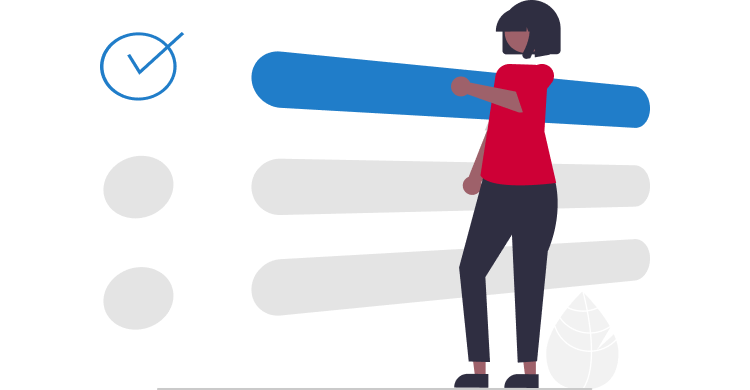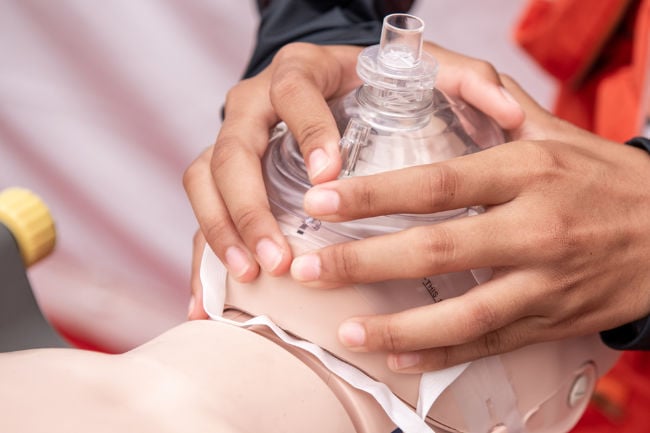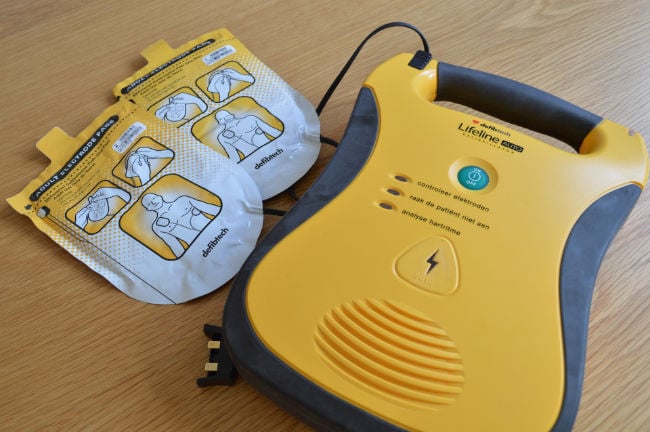One of the most timeless, lifesaving skills you can have today is cardiopulmonary resuscitation (CPR). CPR is used to restore a person’s breathing and circulation in the event of cardiac arrest, and having the right CPR device can make all the difference in an emergency situation.
With so many CPR devices and tools, it can be overwhelming to know which one to use in an emergency — especially when your adrenaline is pumping and your focus is on the person whose life needs saving. So, what exactly are a CPR device and a CPR tool, and how do you choose the right one?
Here’s what to know about CPR tools and devices and how to choose the best CPR device for an emergency.
What Is a CPR Tool?
A CPR tool is designed to help make the process of administering CPR easier and more efficient. CPR tools come in a variety of shapes and sizes and can be used for both adults and children.
These tools are usually composed of several components, each with its own purpose, and can be used in different situations. Here are the most common CPR tools on the market today.
- CPR face shields & barriers are used to protect the rescuer from exposure to potential infections from the victim, according to Verywell Health. They come in a variety of sizes and shapes and are designed to fit snugly over a person’s face.
- Resuscitation bags are designed to provide a steady flow of air to a person who is not breathing, according to UW Health. Each one is equipped with a valve that can be adjusted to provide a controlled amount of air. The use of a resuscitation bag is important as it helps ensure that the person is receiving the right amount of oxygen.
- A CPR manikin is a dummy on which rescuers can practice their techniques and become familiar with the process of administering CPR. It is designed to look and feel like a real person and is often used in CPR training courses.
At ProTrainings, we even offer single-use manikin option (SUMO) kits designed to be used in tandem with our ProCPR Basic and ProPALS blended online courses. You can complete your evaluation via web conference — from the comfort of your own home — using your manikin.
What Is a CPR Device?
A CPR device is used to help restore a person’s breathing and circulation if they are in cardiac arrest. Understand that a CPR device is not a substitute for CPR training but rather a tool to help with chest compressions in an emergency. Note that a CPR device should only be used by or in the presence of a trained health care provider.
There are two main types of CPR devices: the automated external defibrillator (AED) and the mechanical cardiopulmonary resuscitation (mCPR) device.
- An AED is a lightweight portable device designed to analyze a person’s heart rhythm and deliver an electric shock to restore normal heart rhythm. According to AED Brands, it can cost between $1,400 and $2,500 and has a battery life of eight to 12 hours. Be sure to follow the manufacturer’s instructions when using an AED.
- An mCPR device is a mechanical device designed to deliver consistent, high-quality chest compressions in an emergency — which is not easy to do manually, according to ZOLL Medical Corporation. It is designed to be used by trained professionals such as paramedics and medical personnel and can cost as much as $20,000.
CPR devices can be purchased from a number of places, including online retailers, medical supply stores, and medical equipment suppliers. Make sure your AED or mCPR device is certified before purchasing.
Choosing the Right CPR Device
The right CPR device can help reduce the likelihood of fatigue or injury to the rescuer and reduce the amount of time it takes to provide chest compressions, thereby increasing the chances of success in an emergency situation.
Choosing the right CPR device can be difficult, so you should consider a number of factors including the type of device, its features, and its cost.
An AED, for example, may be the best choice for a lay rescuer — for portability, ease of use, and affordable cost — while a more expensive professional-grade mCPR device may be the best choice for medical personnel.
CPR Device Certification
It is important to understand that a CPR device is not a substitute for CPR training. CPR certification, a basic understanding of CPR, and familiarity with the device are all necessary prior to using a CPR device in an emergency situation.
Choosing the right CPR device is an essential part of the process of administering CPR. By taking the time to research each device and taking a certification course that highlights CPR devices — like ProTrainings’ CPR & AED online certification — you’ll have the best chance of saving a life.
Connect with us on LinkedIn to stay up-to-date on CPR best practices as well as our online, in-person, and blended CPR certification options.


